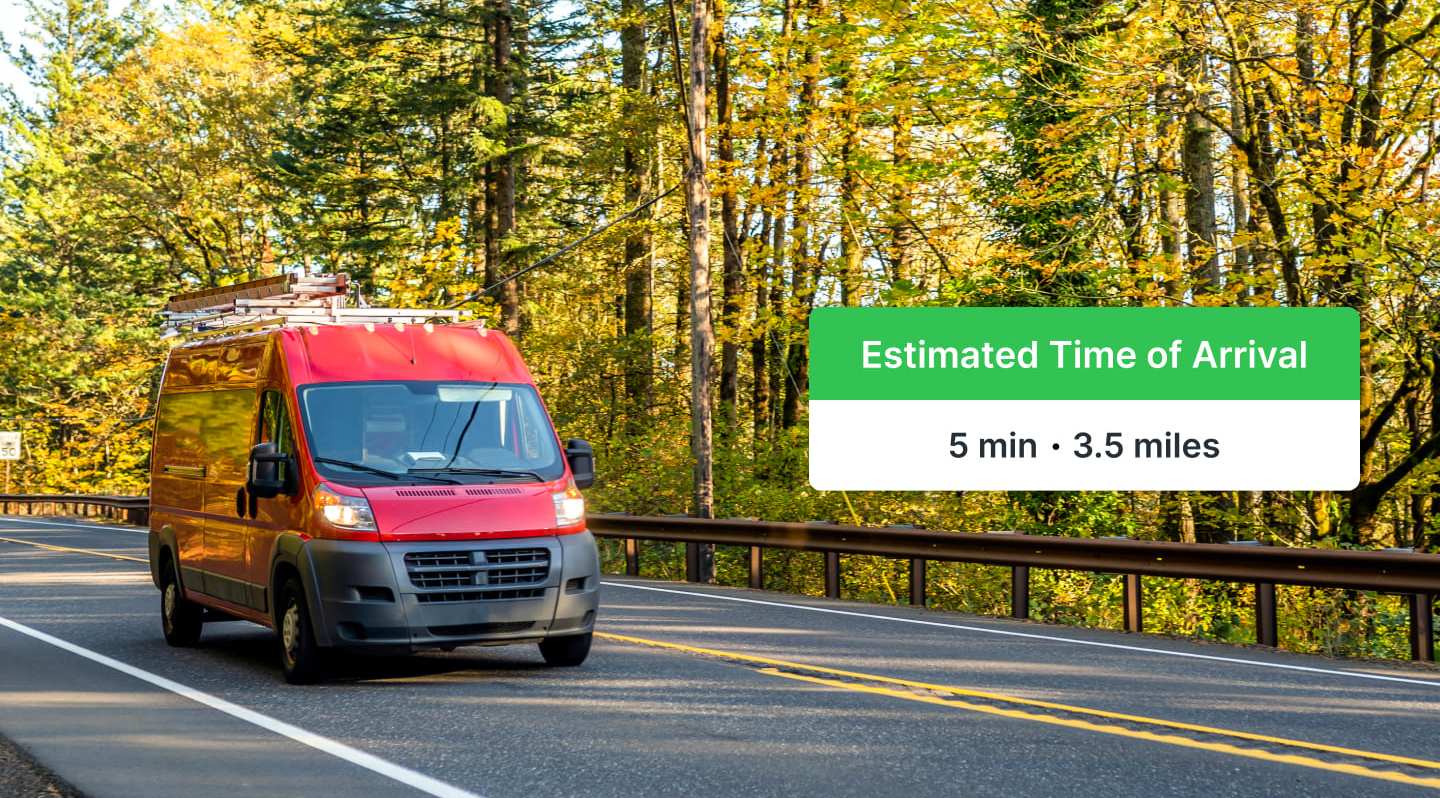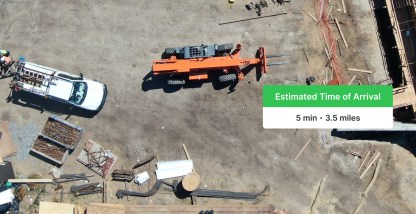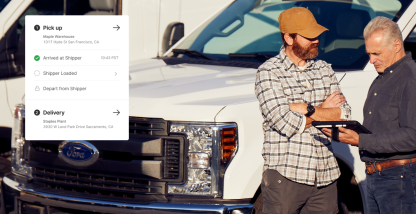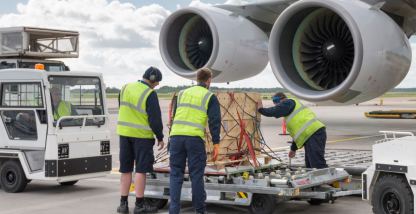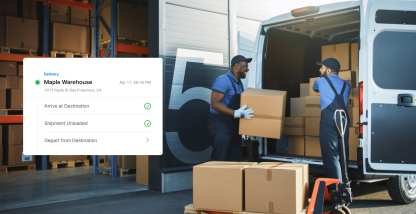Remember when a customer would wait seven to 10 days for delivery without complaint? Those days are gone, thanks to the immediate results technology is able to provide. Customer demand for ever-faster delivery is an ongoing challenge in transportation logistics. To remain competitive, commercial fleets must do their part to improve shipping transit time.
What is shipping transit time?
Transit time is the amount of time it takes for freight to travel from point A to point B. Typically measured in hours or days, transit time is impacted by:
- Transportation availability
- Distance traveled
- Routing
- Freight rate paid
- Schedule reliability
- Time taken to load or unload cargo
- Equipment breakdown
- Labor problems
Why is delivery speed important?
Speed of delivery can determine whether a business can meet its commitment to customers. A business awaiting raw materials, finished goods, or parts from suppliers expects the delivery within the stated transit time to be able to move forward with its processes. Meanwhile, consumers who can’t rely on a promised delivery speed are more likely to abandon a brand.
Does the type of freight affect shipping transit time?
Yes, the type of freight, like so many other factors, can affect delivery speed. So plan accordingly when forecasting speed of delivery.
Freight could require permitting
If cargo has to clear customs before moving on to its destination, that can slow the speed of delivery. When crossing state borders, freight permits may be required for loads that are heavier or larger than the legal limits. Transporting hazardous materials also calls for drivers to display placards on their vehicles that correctly identify the classification of the cargo.
Any errors or discrepancies could further delay the delivery when permit documentation is needed.
Freight could require escorts
Depending on the cargo, delivery speed could also be impacted by the need for escorts. Oversized or heavy-haul loads, and certain categories of hazardous cargo and explosives, require additional vehicles on the road. Arranging for an escort to ensure safe travel for the truck and its cargo, and to protect other motorists on the road, can impact the delivery timeline.
Reefers require proof of temperature upon delivery
Cold chain logistics refrigeration units must demonstrate that temperature consistency was maintained from pickup to dropoff. Relying on manual processes to analyze the temperature logs can slow delivery speed. On the other hand, when reefers have the ability to pull their own temperature monitoring reports upon delivery, it can save time and improve customer satisfaction.
What do customers value more, shipping transit time or cost?
In Shopify’s 2022 Future of Commerce research, 75% of shoppers favored fast, free shipping above all else. Free shipping had a “significant” or “very significant” influence on a majority of shoppers’ purchasing decisions. Further, in a Shopify study of consumer behavior, 69.7% of customers said they would be less likely to shop with a retailer again if the delivery experienced delays.
How does shipping transit time affect customer satisfaction?
With rising expectations for next-day or same-day deliveries, shipping transit time has a measurable impact on customer satisfaction. Shopify found that being able to see an estimated delivery timeline was a top priority for 2022 customers. Additionally, 32% of ecommerce customers globally would abandon carts if they can’t get fast, free, on-time delivery. In the United States, that number goes up to 37%.
Tips to reduce your shipping transit time
When it comes to reducing shipping transit time, you’ll notice a common theme. The more you know, the more efficient you can be. Best practices for improving delivery speed rely on real-time visibility, constant contact, and seamless oversight across multiple areas of operations.
1. Optimize delivery routes
Finding the most time- and cost-efficient routes to take when driving between stops can be challenging for fleet managers. Fleet management software helps maximize route efficiency by considering the many variables more quickly and accurately than humans can do. Considering customer time windows, vehicle capacity, traffic congestion, weather, and distance between stops, for example, the software helps determine the most efficient routes between each designated stop.
Route optimization that also takes into consideration real-time and historical data, vehicle safety data, and the best available driver for that route can positively impact delivery speed as well.
2. Modify routes in real time
Invest in fleet management software that offers ongoing tracking of your drivers and trucks. By monitoring current location and driver status, you gain the flexibility to ensure smoother operations. Avoid last-minute challenges and adapt quickly with real-time notifications that enable you to revisit routes on the fly.
3. Monitor both forward and reverse logistics
Forward logistics covers the supply chain processes that deliver the product from manufacturer to customer. Reverse logistics is the name given to processes that turn the flow from the destination back to the point of origin. This could be via returns, recycling, reusing parts, or responsible disposal by the manufacturer.
Many businesses have well-established forward logistics processes, yet their reverse logistics systems are less developed. Effective tracking of both these logistics flows can help reduce shipping transit time by revealing greater process inefficiencies. By monitoring reverse logistics inflow as well, companies can better plan for demand surges and source, purchase, or lease transportation ahead of time. This avoids shifting resources unexpectedly from forward logistics, which can slow shipping transit times.
Improve shipping transit time with Motive
Fleet management software can provide a centralized view of the many levers you can pull to improve delivery speed. Positively impact the operations, efficiency, and production of your commercial fleet with route optimization.
With GPS asset tracking, you can also modify routes in real time as needed. Get full visibility into driver and vehicle location and ensure on-time delivery by avoiding traffic congestion or road repairs.
Motive’s delivery solution also supports forward and reverse logistics transparency. Easily manage and dispatch drivers in a single platform while assigning an order to a driver or vehicle in real time through your Dispatch Board. Want more details about Dispatch? View the Dispatch product brief.
Request your free demo today. See how Motive’s technology eliminates guesswork and process complexities for more seamless fleet operations.




